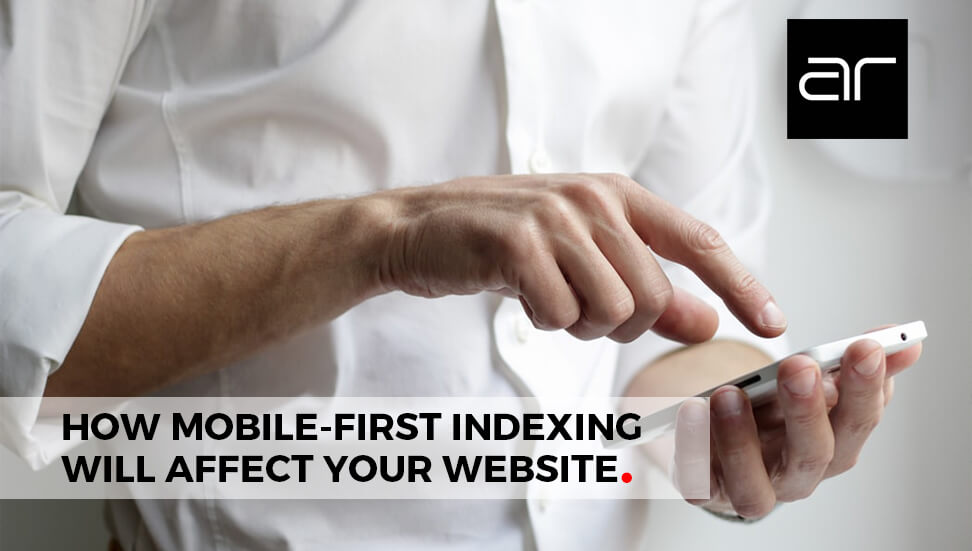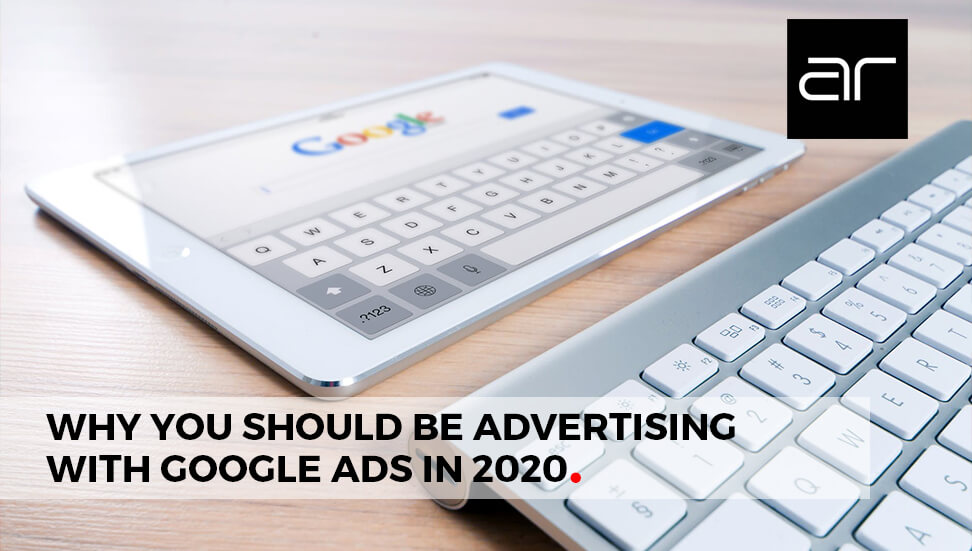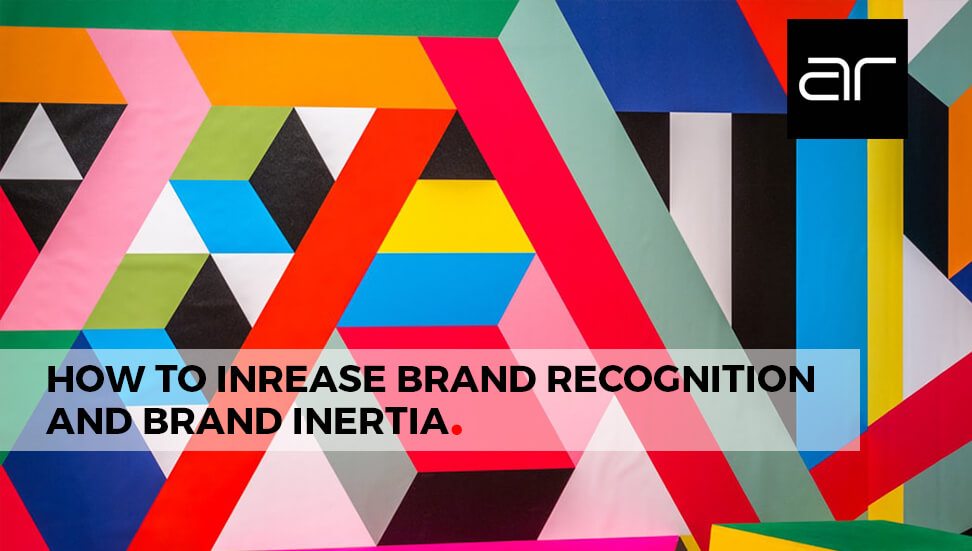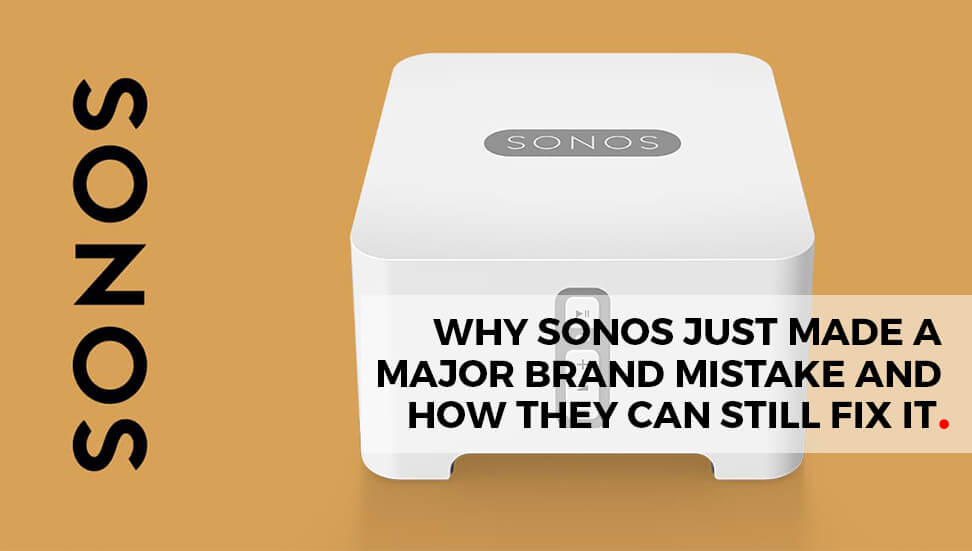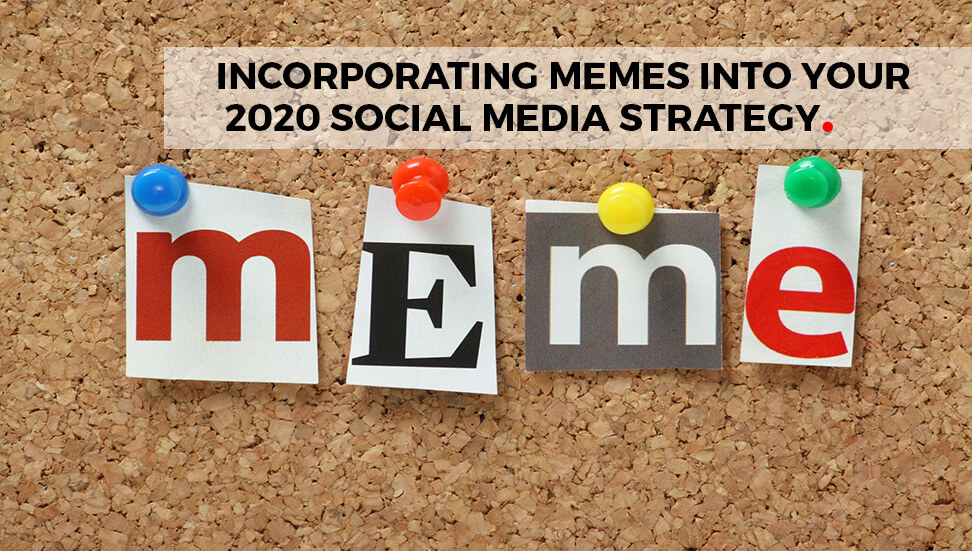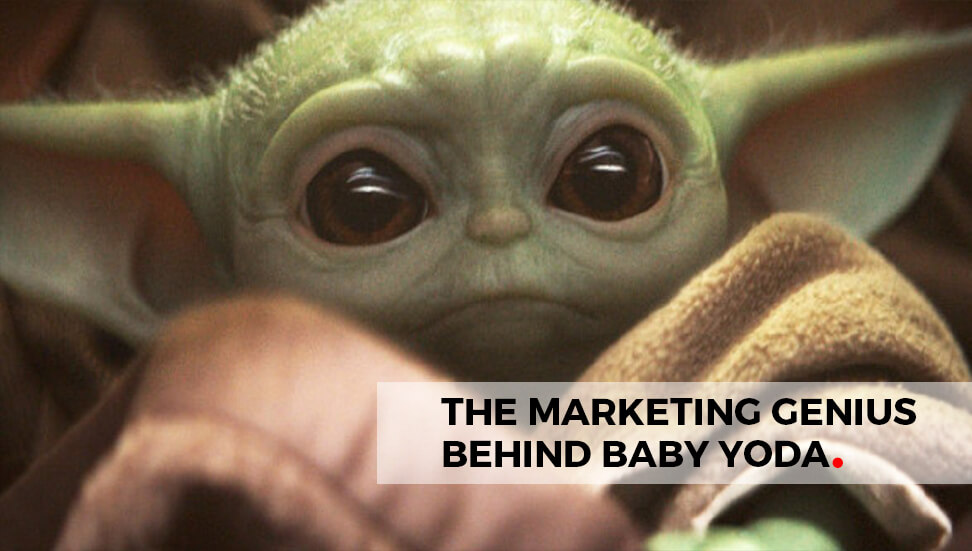A design brief describes the desired results and the client’s need for a design. It focuses, not only on aesthetics but on the aims and objectives of the work about to be done. With the design brief, you can understand what the success or failure of the project will be judged on. Design briefs come in all shapes and sizes, so it is advisable for a seasoned expert in Calgary graphic design to have a perfect understanding of the project before starting. Below are some important questions you need your clients to answer before writing their design briefs.
-
What does their business do? Know the business.
The first question you should ask the client when developing your Calgary graphic design brief is an obvious one. What a business does will determine several elements of the design you will do for them. Elements such as colour and font will depend on the type of business you are designing for. It will also help you know what the industry standards are.
Is the business new or old? This will influence the design. If the business is old, they probably have previous designs that you will want to look at for the sake of brand consistency. The brand may want to pivot from their old design structure too, but it is important that you are aware of it.
What is their unique selling point? You need to know this because it will help you understand what you need to emphasize. The design should project the brand’s USP.
What are the key brand themes? Knowing these will help you better understand the design brief.
What is the scope of the business? The scope of the business defines where the business will go and where they will not go. This could include location, product offerings and target customers. Ask your customer for these before embarking on the design brief.
-
What does the website want to achieve?
To create a fantastic Calgary graphic design brief you need to know the aim and objective of the project. What does the client want to achieve with the design? Knowing their aim will let you know the tools and methods you need to employ.
What is the purpose of the project? Is it to launch a new product or service? Does your client want to reintroduce an old one? Is it a new location launch? Is it to announce a discount or promotion? The possibilities are many so be sure to know this. Knowing the purpose of the design is knowing why it is done. This is what gives your design depth and makes it more than just figures and colours and fonts.
Is the design to launch a new business brand? If it is, is the brand supposed to be distinct from the old? Do you have the artistic liberty to create if it is a new brand? Or is the brand entirely new, independent of any older ones?
Is it to create a website that is easy to navigate for clients and clearly defines the service offerings of your client?
-
What features do you want your website to have?
It is important to know what your client expects when creating a Calgary graphic design brief. Will the website have a market space where purchases can be made? That will imply the need for a shopping cart? Or will it be connected to a third-party marketplace?
Will it require social media implementation? Will people be able to share straight to social media from the website?
Will the website have email collection and email marketing capability?
Will the website have a blog page or maybe a news page?
Will the website have a forum for users to chat?
Knowing what the client wants before you start gives you a clear direction.
-
Who exactly are your customers and what are their pains?
Who are the target customers of your client? Who is the website targeted at? Dig deeper than just knowing their demographics, find out what their pains.
What are their pain motivations? What difficulties do they have? What problems do they need to be solved?
What are their pleasure motivations? What do they look forward to? What do they desire?
Knowing the answer to all of these will greatly influence your design.
-
What exists already?
It is important to know from the beginning whether you are working within already-established brand guidelines. Are there corporate colours that you need to get familiar with? Are there design preferences and the existence of any design and style guidelines?
Are there brand specifics that your client’s customers already know and are used to? You may not want to disrupt these.
-
What is the project timeframe?
Delivery time can be one of the easiest cause of conflict between designer and client. Determine beforehand when this will be. It is important that you are not unrealistic in a bid to impress the client when creating your Calgary graphic design plan.
The timeframe should put into consideration factors that may not be up to only you. Knowing if the project will be delivered in print or in digital will also influence the time of delivery.
Will the project be delivered in stages or all at once? Are there project milestones? If there are, what is the delivery time for each milestone?
-
How will you record your results?
When your client starts using their website they will want to measure the success of their website. By what standards will this be done? It is important to agree on this before you start on the design brief.
Will it be measured by sales growth? If your work will be measured by an increase in sales, what percentage increase is considered a success?
Will it be measured by new clients? If this is a consideration, you may want to include features that will make this easier. You should also know what number your client considers success.
Will you be measured by how many repeat customers your new design brings the client?
Will success be measured by increased brand awareness? How will this increase be measured?
When you’re developing a design brief for your projects, pull information collected from conversations and discussions that you’ve had with the clients about the project using the points above.
With each brief, encourage clients to inform you if you have misheard or misunderstood anything. This way you always have a clear understanding of the project before you get started on the creative and design component of the project.


